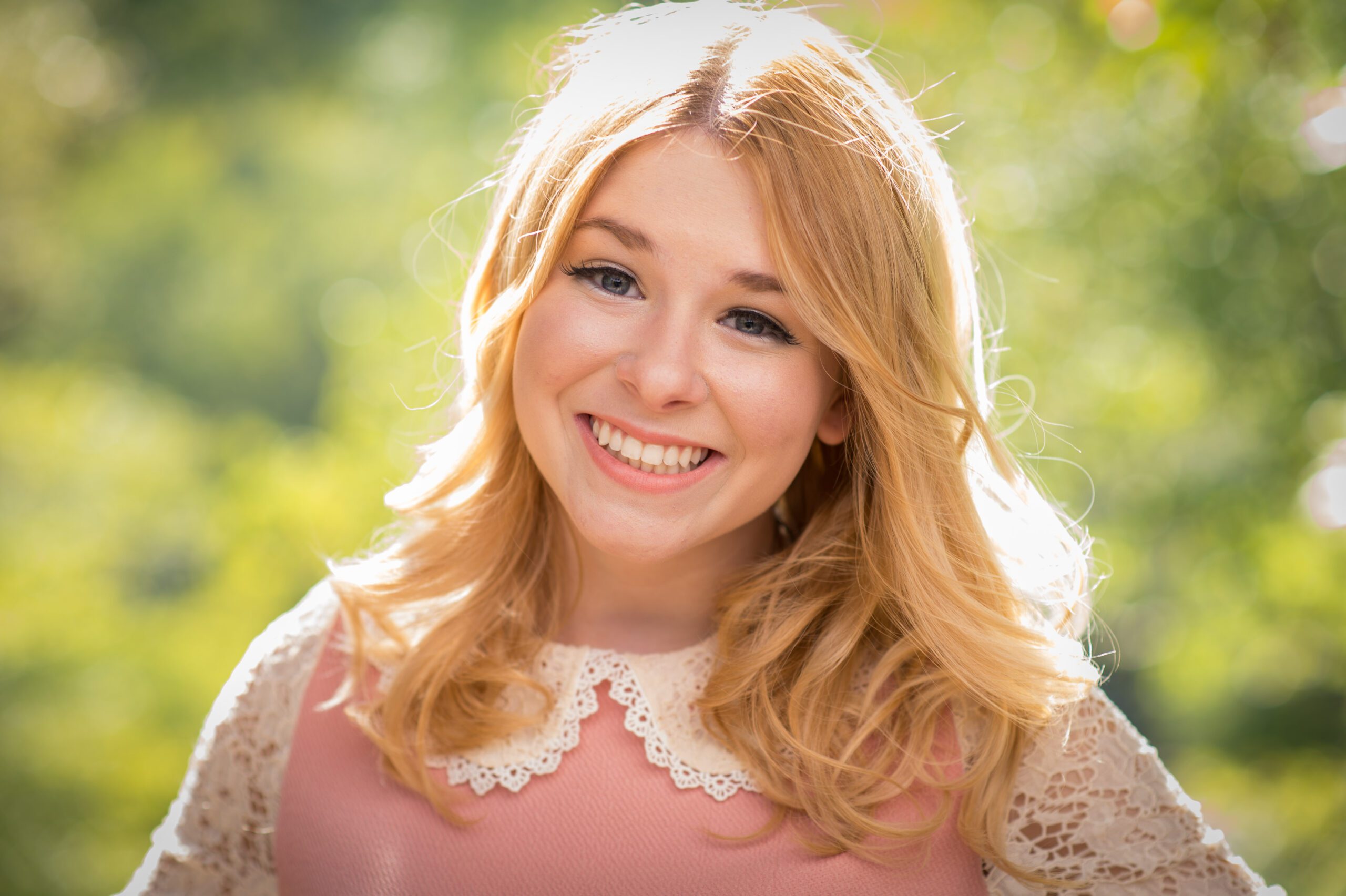[NIKON D4, 85.0 mm f/1.8, Mode = Manual, ISO 50, 1/60, ƒ/2.8, (35mm = 85)]
When shooting headshots/portraits, I have found that when using a zoom lens, I tend to move back and forth too much, distorting the person’s face.
A few years ago, I ran a test with my lenses to see which lens I preferred, and here is that test.
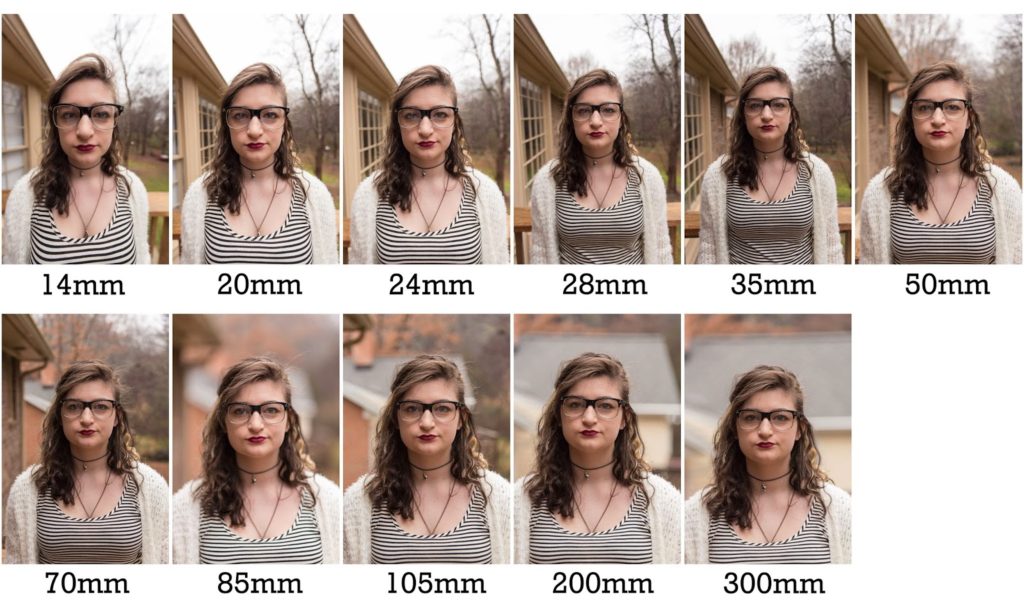
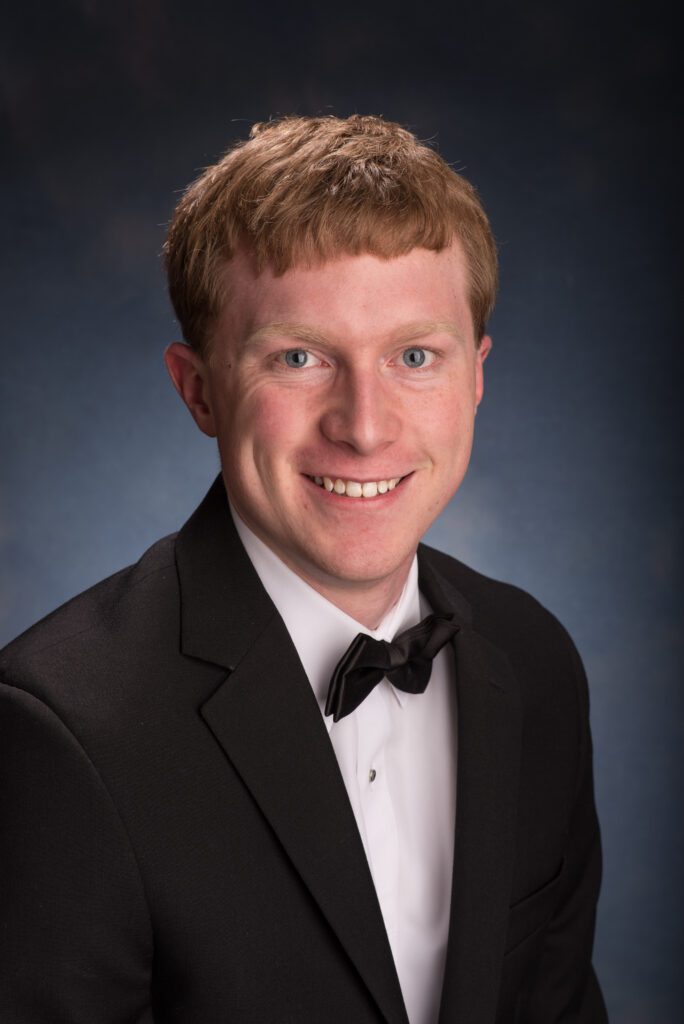
Now I don’t always shoot it wide open at ƒ/1.8. Often when I get close enough to fill the frame, this is too shallow.
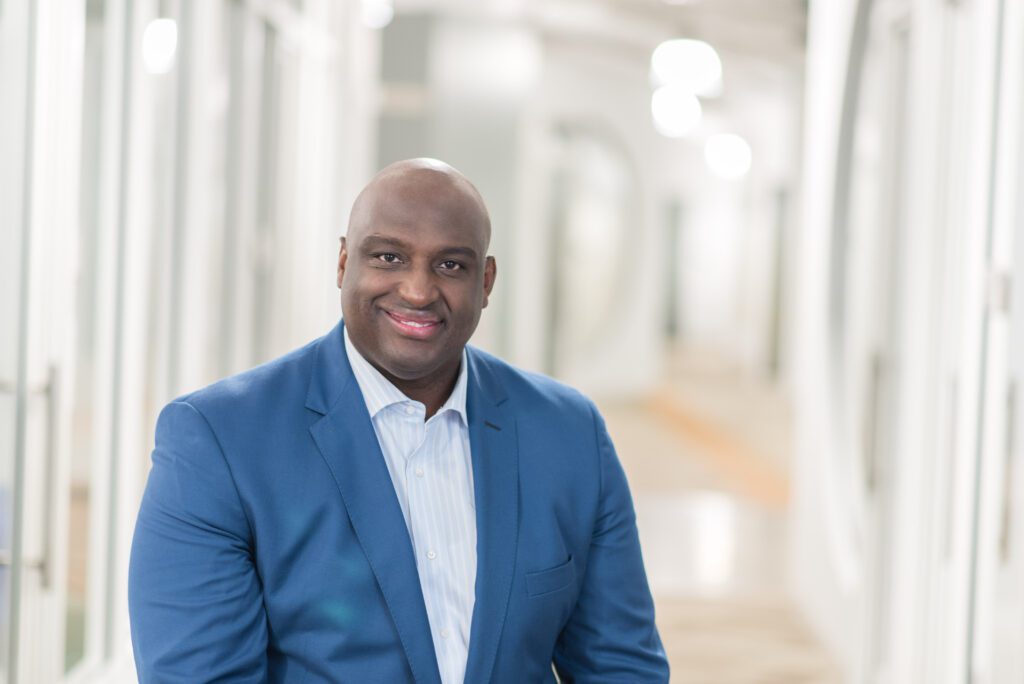
If I back up and get a 3/4 photo of a person, then the ƒ/1.8 can work well. You see, the closer you get, the depth of field shallower. So, if you back up, you increase that depth-of-field.
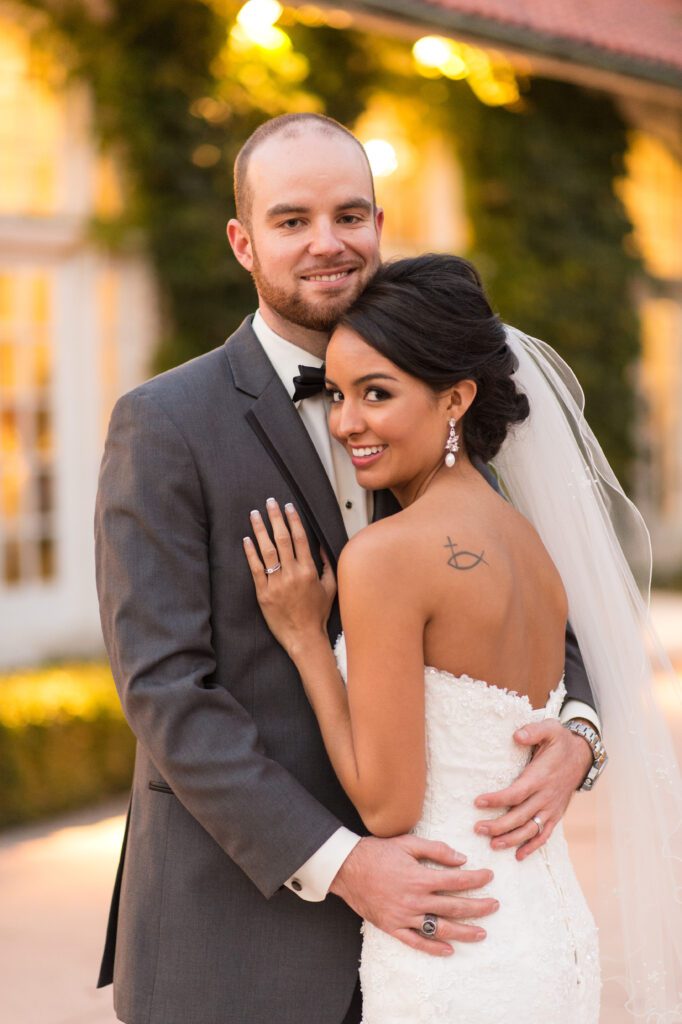
It does well to help isolate your subject, like this couple at their wedding, but I still get a sense of mood with the background out of focus.
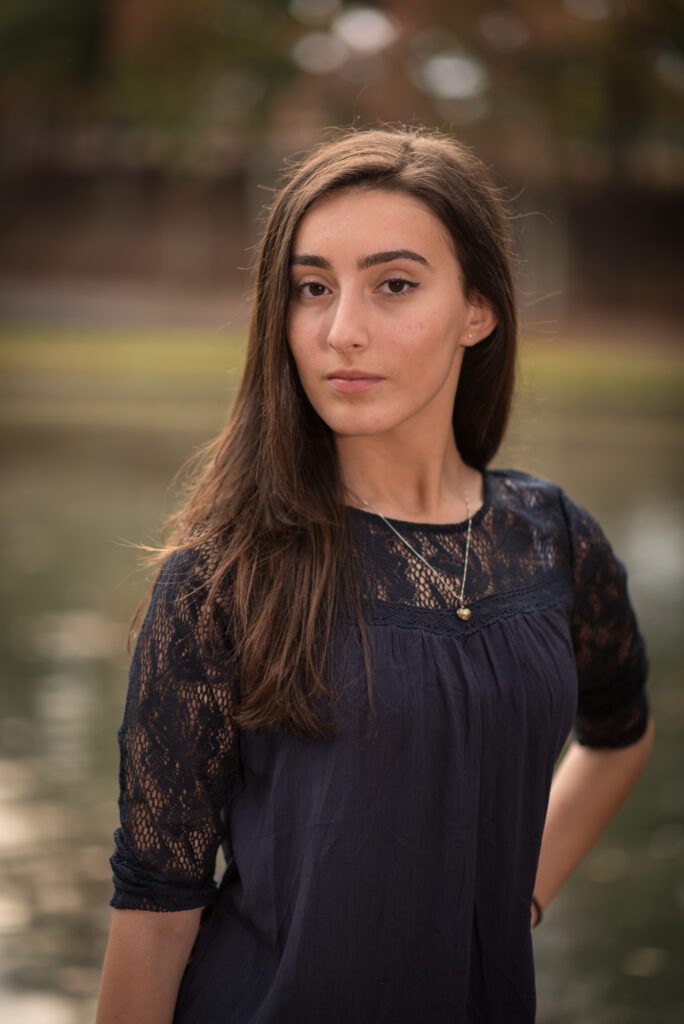
Now I can tell you the best thing to come along for Nikon was when they started making full-framed mirrorless cameras. I love the combination of the Nikon ƒ/1.8 and the Nikon Z6.
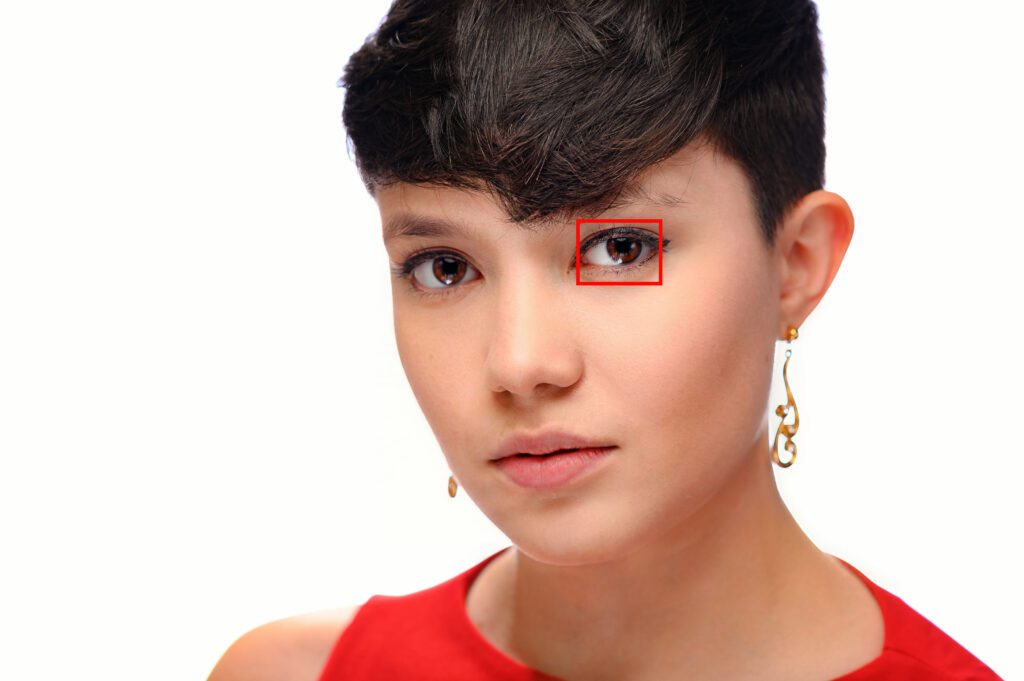
The Nikon Z6 has eye tracking that helps get your subject’s eyes into focus.
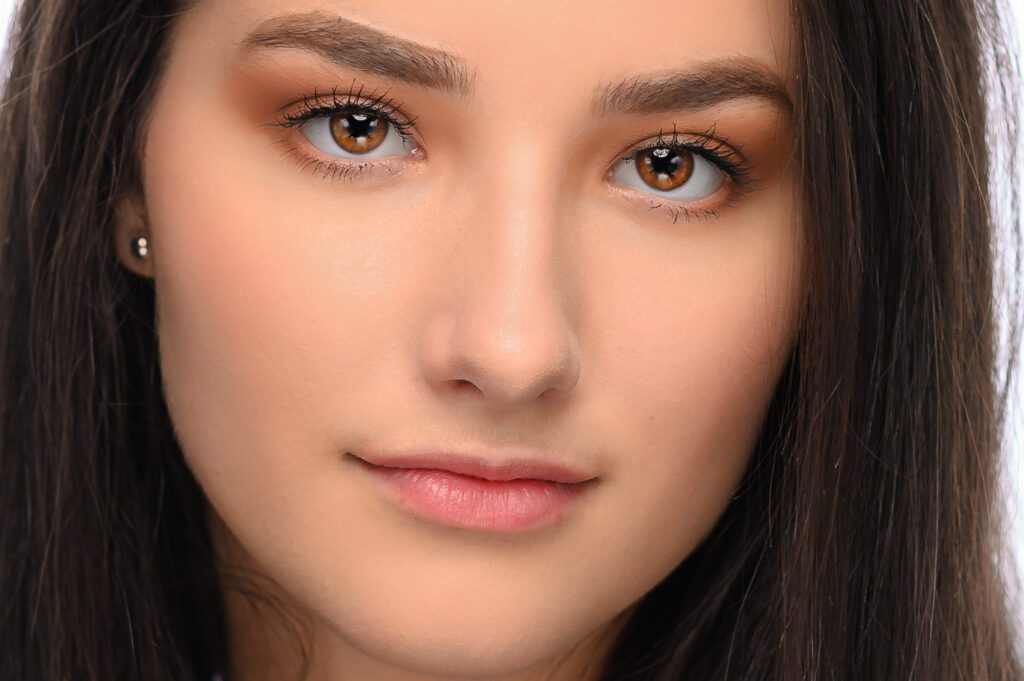
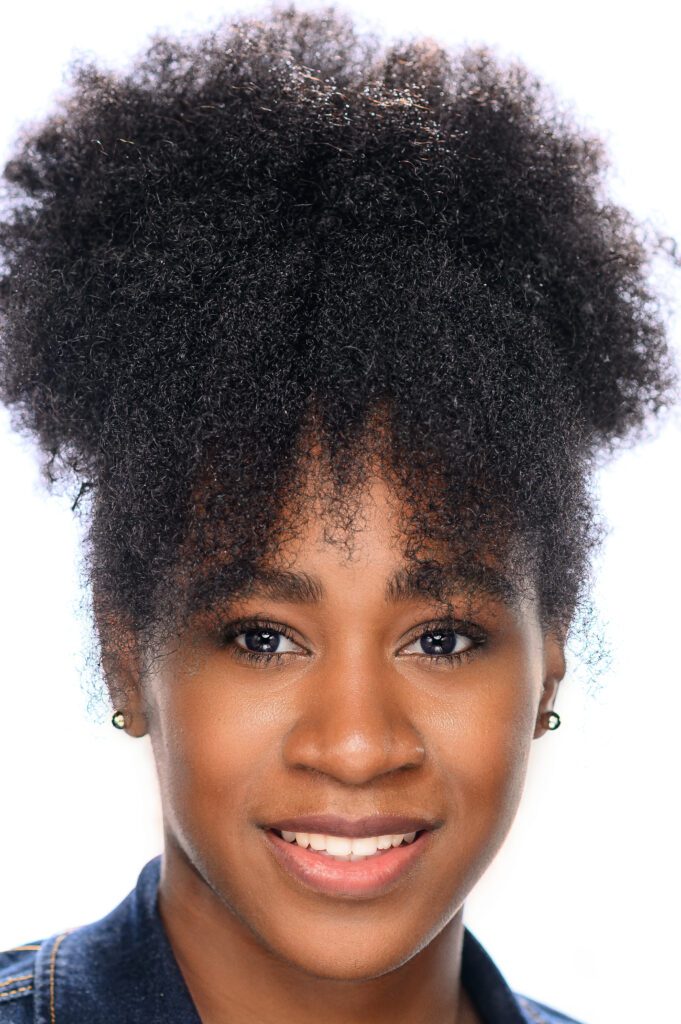
Hopefully, you will run your test. Shoot a portrait of a person like I did with my daughter, keep the head size the same throughout the frame, and then pick your favorite lens.

